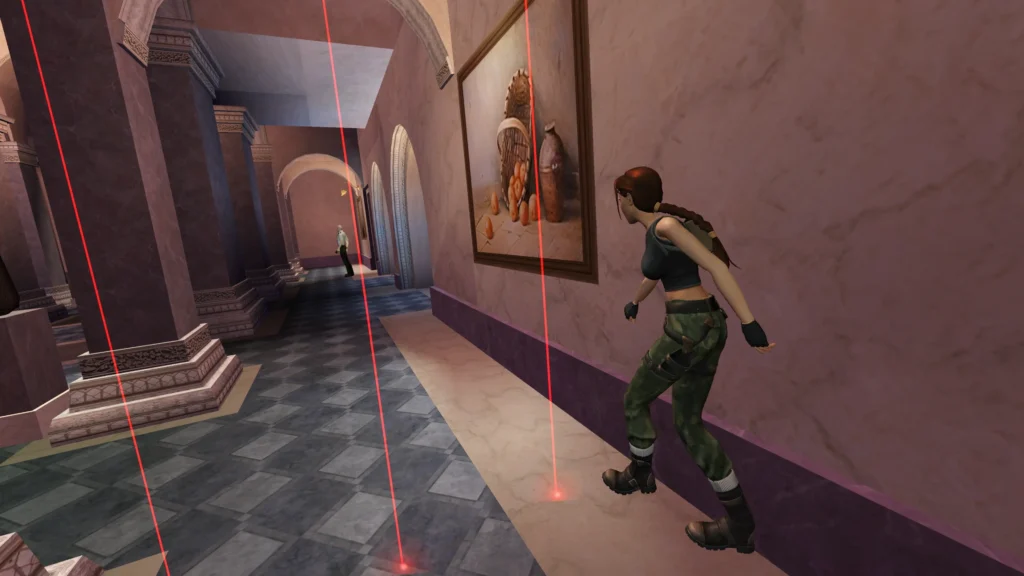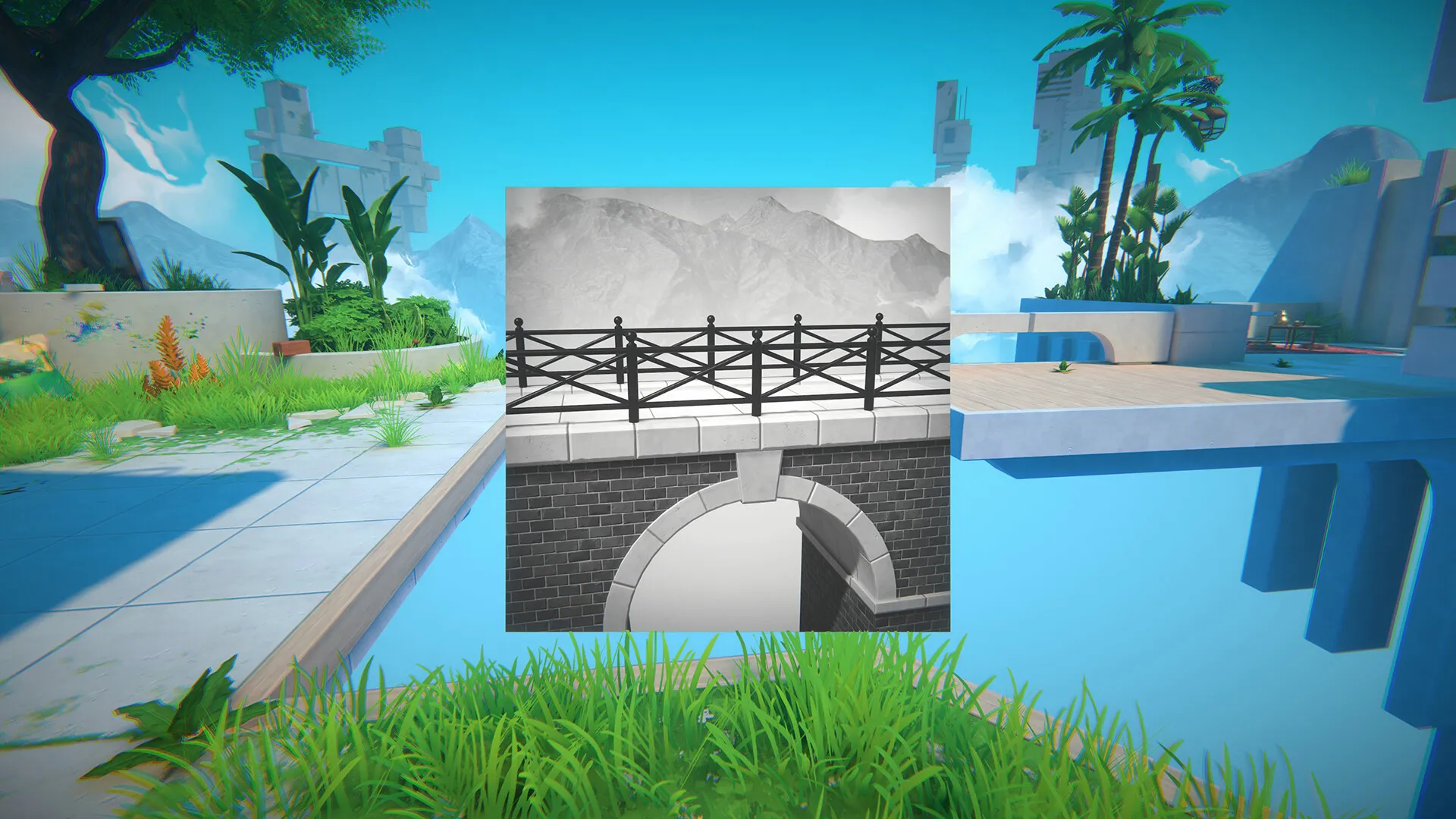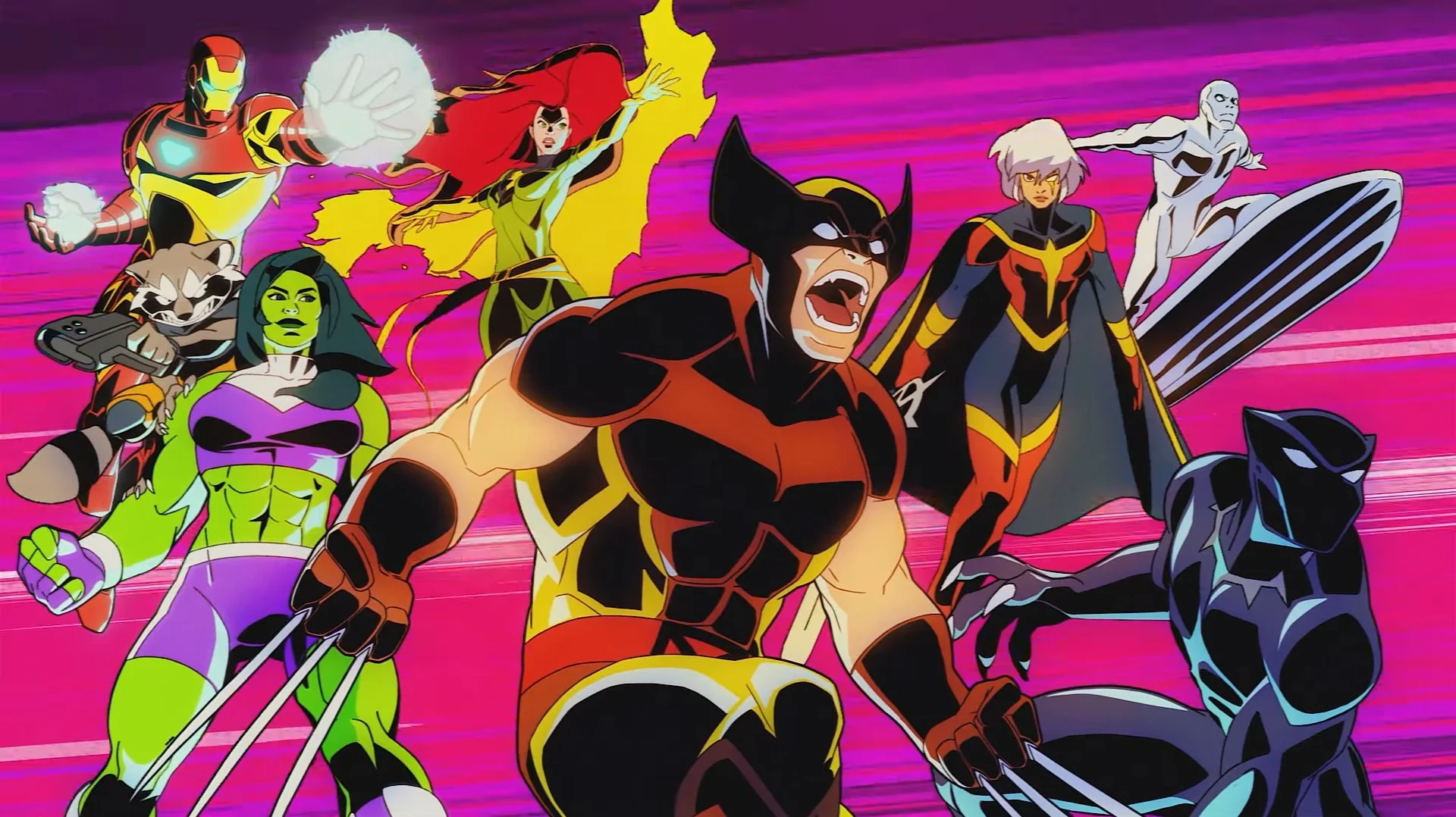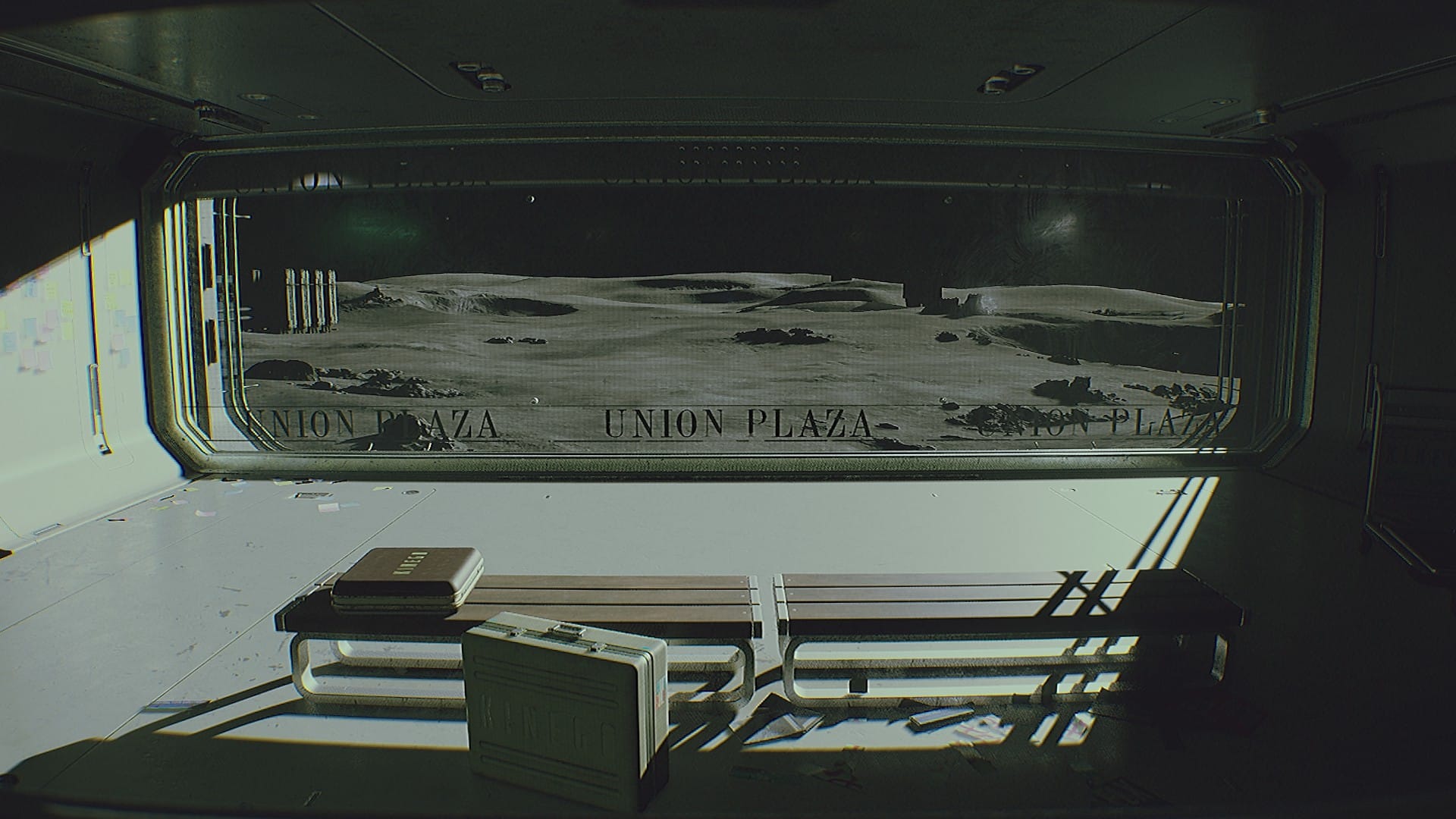You asked for it and now you’ve got it. The rest of the PS1-era Tomb Raider games are here in the form of Tomb Raider IV-VI Remastered, following up the surprisingly good first compilation that hit storefronts last year. This time, you get to pick from three more games in the franchise, for better or for worse.
After the release of the first Tomb Raider, Eidos saw dollar signs and had Core Design pump out new entries yearly all the way up to the early 2000s. It’s not a shock that the product quality started to deteriorate due to the hurried development schedule and sheer burnout of repeatedly making essentially the same game over and over. The end result was the oversaturation of the market which put a lid not only on the series for half a decade, when Crystal Dynamics picked up the baton.
1999’s Tomb Raider: The Last Revelation showed signs of the tired team making those games, but still managed to bring something new, if only slight: in it, you also got to play as a younger version of Ms. Croft, back when she was still under the wing of her mentor. Those sections are somewhat from the usual ones since Lara is unarmed and has to rely on another person in order to defend herself. Outside of that, there’s not much else setting those apart as even her character model is basically the same, only with pigtails and a smaller chest.

Still, aside from the minor tweaks to gameplay in the form of having Lara climb and swing from vines, there’s also something to take away from The Last Revelation puzzle-wise. It had you travel back to previously visited areas in order to pick up clues and solve riddles that span multiple levels. Players had to figure out where to go and look, which for a game as cryptic as any Tomb Raider, meant getting lost in the sea without a paddle unless you had a guide.
That problem was inherited by Tomb Raider Chronicles, where Croft’s adventures are recounted by her associates following her supposed death and burial. In a very Hitman: Contracts style of layout but not nearly as elegant, Chronicles isn’t linear, with each stage taking place at a different point in the double gun-toting heroine’s career, including her early days as a teen. Levels are labyrinthian and force you to go back and forth activating switches, fighting off brain-dead carbon copy enemies from previous games as you slowly progress towards the end point.
Technically, Chronicles was the second game in the series to be ported to the Dreamcast, but for some reason the version that Saber decided to use for Tomb Raider IV-VI Remastered is the PS1 port. Sega’s had crisper visuals and a more detailed model for Lara, but truth be told, the reinvented design that was introduced last time is close enough, and the same goes for the excellent work done to spruce up textures and lighting, these two being the last of their era.
The last of the bunch is the only PS2 entry helmed by Core Design. Tomb Raider: The Angel of Darkness is by all means considered a disaster project, the last hoo-rah by the exhausted development house, where they tried to reinvent the formula and launch an entirely new graphics and physics engine, but ultimately failed miserably at just about everything.
I remember playing it when it was originally released and never being able to finish it, and believe me, I was way more patient back then, so I tried everything that I could to get to the end. Now, as a grumpy adult, things are different, and it’s noticeably harder to overlook the many issues that plague the dual protagonist game.

For all the work that was done to make these games look and play better, The Angel of Darkness is the odd duck that still feels stiff even with the modern controls due to how it’s way more demanding when it comes to precision when platforming. Visually, though, the bump up in resolution when playing with the old graphics made it look on par with the updated presentation, only with lower texture detail. It’s worth mentioning that this one also happens to be one of the few releases of that time to receive regional localization, including dubbing, so if you are from a non-English country there’s a good chance you’ll be able to hear our girl speaking your language!
As with I-III, Tomb Raider IV-V Remastered includes the aforementioned updates that up the framerate and looks of all the games, along with a new control scheme that does away with the demanding tank controls in favor of a friendlier approach to analog sticks. Oh, and Tomb Raider: The Angel of Darkness features some of the content that was cut during original development, if you feel the urge to see it all. Even though I personally loved the most recent Tomb Raider trilogy, I can’t deny that the older games have a spot in my heart, even the bad ones, so it makes me happy that I can have them on the go to play at any moment.
Say what you will about Embracer as a company, but Aspyr has been doing a decent job bringing back games from the properties that Square Enix has dropped. Their recent release of the first two Soul Reaver titles is such an example, and this second Tomb Raider compilation makes picking it up along with the first a must for those wishing to complete their retro collections. While the games included aren’t the prime examples of what made Tomb Raider so good in the first place, they are still very much worth owning and experiencing.





